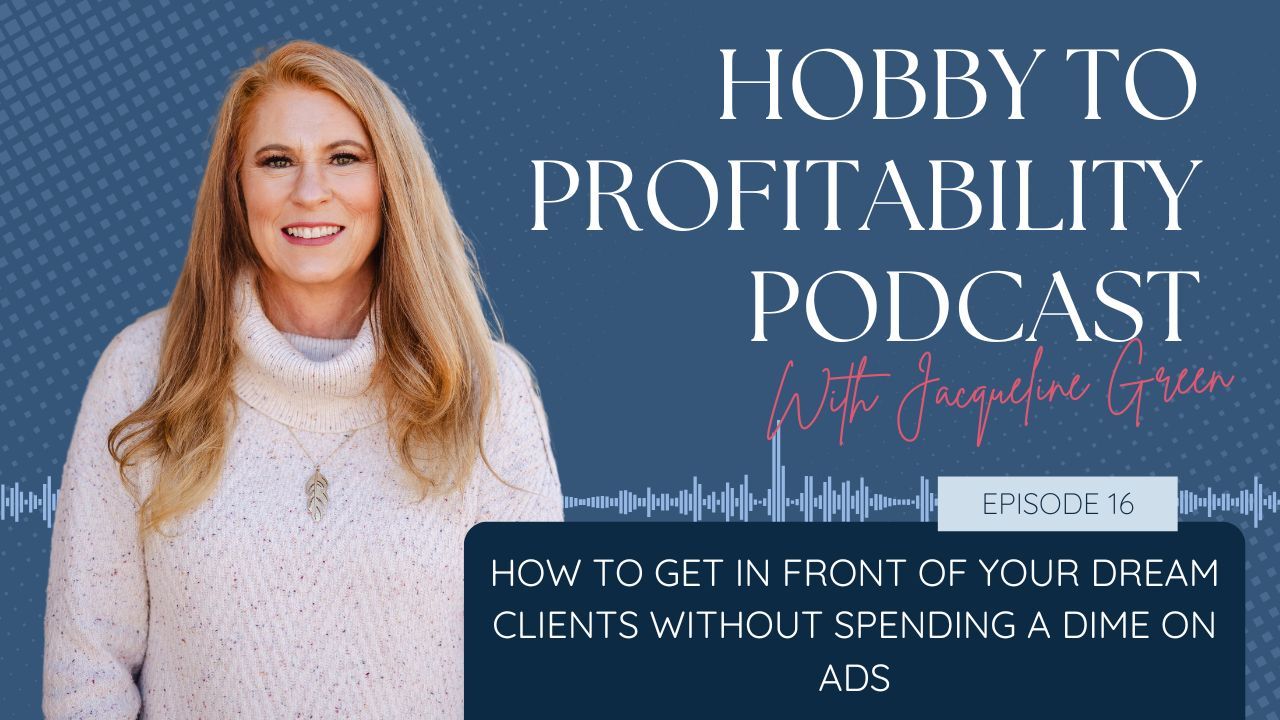Understanding the Need for Habits in Marketing Your Business
Mar 20, 2024
When you’re learning how to grow an interior design business, developing a marketing strategy is a major feat, but when you’re busy managing your business, it can be hard to maintain marketing consistency.
It’s easy to stick to a marketing system for a bit before dropping out for days — or even weeks — and unfortunately, failing to maintain consistency can dilute your brand message and lose customers. That, of course, leads to the question of knowing how to keep a consistent marketing schedule.
Establishing habits is key, and with that being said, here are some tips for achieving marketing consistency and developing the habits you need to succeed:
Block Out Time Each Week for Marketing
You might find that the day-to-day experience of running a business feels like a never-ending to-do list, which means integrating something else on top of it all can feel overwhelming, especially at the start.
However, research indicates that it takes an average of 66 days to really form a habit, so if you block off “marketing time” each week for two months, you might find that it gets easier to stick to your new schedule. Even setting aside a few hours per week can make a major difference.
Don't fall into the trap of an all-or-nothing mentality; it’s easy to think that just because you don’t have a full workday to commit to marketing, it’s not worth it to try, but every bit of time you invest in marketing your business will pay off!
Create Templates for Email and Social Posts
Though email and social media are undoubtedly critical aspects of any marketing scheme, it can prove awfully time-consuming to design and create each post and piece of correspondence.
The good news is that you don’t have to reinvent the wheel each time you create something to post or send to a subscriber list; plenty of websites (and even some word processors) offer templates you can use to create emails and posts and help you get the most out of the time you dedicate to marketing.
You’ll just want to make sure you choose the right template for each platform; you wouldn’t post the exact same thing on Instagram that you would on X!
Create a Content Calendar
When you have a business with multiple clients, you have to step back and ask yourself how you keep track of everything. You probably use a digital calendar, an old-school paper planner, or another tool to map out your appointments with clients in advance.
A content calendar does the same thing, just with the content you post on your website and social media channels. Your content calendar can map out almost every aspect of your marketing campaign:
- Blog posts
- Social media posts
- Seasonal marketing campaigns
- Launches of ebooks and other lead magnets
- Podcast and webinar launches
You can also schedule rewrites or revisions of old content. It’s a good idea to refresh older content every now and then; just don’t forget to share the updated versions with your followers!
You can turn just about any calendar into a content calendar, but if you want to make it easier on yourself, you can use one of the many content calendar templates online.
Schedule Posts
The idea of scheduling your posts might sound quite similar to that of a content calendar, but the former is (usually) more of a short-term practice. Most social media platforms have the option to create a post now and then schedule it to be posted at a later date.
Doing that on every single social media platform each time you create new content can be tedious, so you might prefer using software made specifically for content marketing. With such a program, you’ll be introduced to a centralized dashboard that lets you manage the posting schedule for every social media platform (and your own website, of course), all in one place.
Keep Key Marketing Assets in One Place
Post-scheduling software makes it easy to keep your content in one place, but it’s also wise to centralize something else: your marketing assets. Marketing assets are what you repeatedly make use of when creating marketing material, and they include things such as:
- Logos
- Color schemes
- Promotional photos
- Certain infographics
When you use content-specific software to centralize your assets, you won’t have to waste time digging up files on your computer each time you need to use your logo.
Centralizing assets in such a way isn’t an absolute must if you’re the only person handling marketing, but if you have a marketing team or work with an agency, having what you need for marketing in one place ensures that everyone can access what they need at any point.
Repurpose Content
Marketing for interior designers isn’t easy; it’s definitely a space in which the adage, “work smarter, not harder,” applies, and in many cases, a big part of working smarter is repurposing older marketing content.
That said, repurposing content is different from just rewriting it or refreshing it; it often involves turning it into another form. For example, if you have a quality infographic that many site visitors find helpful, you don’t have to take the infographic off the website; instead, you could take the main ideas from it to form a blog post.
Track Content Performance
With every marketing effort you make, you need to ensure you have a way to accurately track and assess its results; otherwise, you won’t be able to tell what’s working and what isn’t.
Google Analytics and other tools make analyzing content easy enough, but if you aren’t familiar with tracking performance in the first place, you might not know which metrics to keep an eye on.
Here are a few you’ll want to keep an eye on:
- Keyword Rankings: How high your content ranks on search engine results pages for different keywords
- Backlinks: How many sites are linking back to your website (and whether those sites are quality)
- Organic Search Traffic: How many site visits you get from non-paid search traffic
- Views: How many people view your site over a given timeframe
- Bounce Rate: How many people click away immediately after arriving at your site
Just as you should make regular posting a habit, you should also track your analytics regularly, making sure that you use the results to guide your future marketing decisions. For example, if you find that your Instagram is bringing far more people to your site than your X account, you might decide to spend more time posting to the former over the latter.
Follow Up on Leads
The goal of bringing web traffic to your website is to convert those new visitors into loyal customers, but if a potential customer reaches out and doesn’t hear back for a week, they’ll likely go elsewhere for services.
Following up on leads is one of the most important things when it comes to small business success; when budgeting time for marketing, make sure you dedicate time each day (or as close to daily as possible) to follow up with prospects.
That said, it’s important to note that while it’s a good idea to be prompt, it isn’t wise to be pushy. Just because someone doesn’t book with you right away doesn’t mean they never will; in many cases, you’ll need to build some level of relationship with a lead before they make a purchase. It might just seem like tedious messaging back and forth, but taking time regularly to nurture leads will very likely pay off.
In a similar vein, you also should dedicate some time (near) daily to engage with social media followers. Replying to comments is a great way to connect with your target audience, and when they feel like they can connect with you on a personal level, your followers will be more inclined to hire you.
Need Help Marketing? Behind the Design Can Help!
If you’re wondering how to get interior design clients, establishing solid marketing habits is a great start, but even then, there’s nothing wrong with outsourcing some of your marketing to an outside agency.
At Behind the Design, we offer marketing services tailored to the unique needs of architects and interior designers. Get in touch today to start your most successful marketing campaign yet!
Sign Up for Our Monthly Newsletter
Get helpful career, business, and design tips right in your inbox each month.
At Behind the Design, we are committed to building a stronger design community by reimagining education, training, and support for interior designers. Through our various software training options, educational articles covering everything from leadership to marketing, and soon Continuing educational courses, we are committed to helping you. Join our newsletter to get the latest education and training updates.










